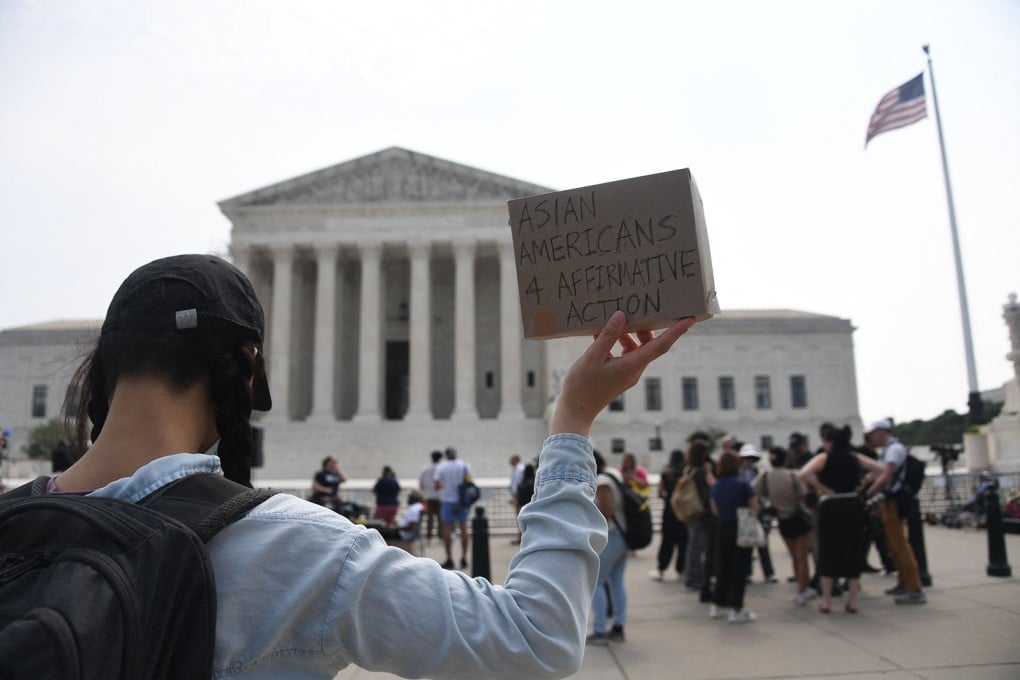Opinion | US Supreme Court’s affirmative action decision a nod to education’s need to evolve with the times
- The US top court’s decision ending affirmative action – amid increasingly vocal opposition and changing public opinion – bans a policy that is credited with making higher education more diverse but is also controversial

University admission policies in the United States have evolved around the policy of affirmative action. Using criteria formulated to promote diversity and reduce discrimination, they give preferential treatment to candidates from disadvantaged groups, ranging from racial and ethnic minorities to women and those from low-income families.
Its roots date back to 1961, when John F. Kennedy established the President’s Committee on Equal Employment Opportunity. In the following years, affirmative action became an important constituent of the university admissions process.
The policy of affirmative action is controversial in some circles, and over the years has been the subject of much debate. Including this kind of preferential treatment in addition to examination results and school grades stands in contrast to countries whose university admissions policies are based primarily or entirely on exam results.
More than half are from the mainland and the rest from all around the world. Some local students might see this as a threat while others see it as adding a valuable international dimension, greater diversity and higher overall standards.
